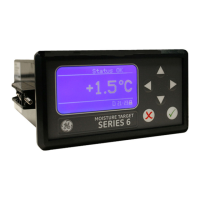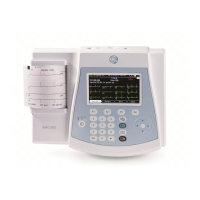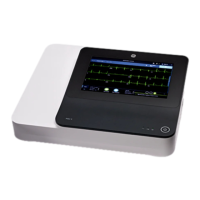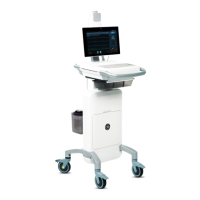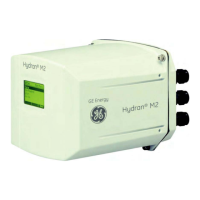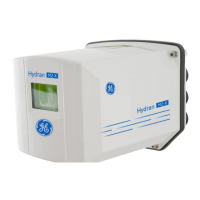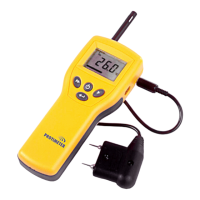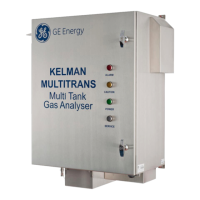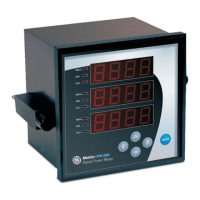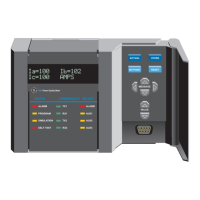GE Analytical Instruments ©2006 DLM 14291 Rev. A
1-1
1. INTRODUCTION
The Model 280i Nitric Oxide Analyzer (NOA™) from Sievers Instruments is a high-
sensitivity detector for measuring nitric oxide based on a gas-phase
chemiluminescent reaction between nitric oxide and ozone:
NO + O
3
-> NO
2
*
+ O
2
NO
2
*
-> NO
2
+ hν
Emission from electronically excited nitrogen dioxide is in the red and near-
infrared region of the spectrum, and is detected by a thermoelectrically cooled,
red-sensitive photomultiplier tube. The detection limit of the NOA for
measurement of gas-phase NO is ~0.5 part per billion by volume. The detection
limit for measurement of NO and its reaction products in liquid samples is ~ 1
picomole.
In biological systems, nitric oxide is produced from the enzymatic oxidation of
arginine. Three isoforms of the enzyme nitric oxide synthase (NOS) have been
identified in many cell types: endothelial NOS, neuronal NOS, and inducible NOS.
The biological functions of NO include action as a vasodilator, neurotransmitter,
cytotoxic agent, inhibit of platelet aggregation, and activator of smooth muscle
proliferation. Nitric oxide is also present in exhaled breath and may be a useful
marker of airway inflammation.
In solution, nitric oxide reacts with molecular oxygen to form nitrite (NO
-
2
), and
with oxyhemoglobin and superoxide anion (O
2
-
) to form nitrate (NO
-
) . NO also
reacts with thiols to form S-nitroso compounds, amines to form nitrosamines, and
metals to form metal-nitrosyl complexes. In the gas phase, NO reacts with high
concentrations of oxygen to form nitrogen dioxide.

